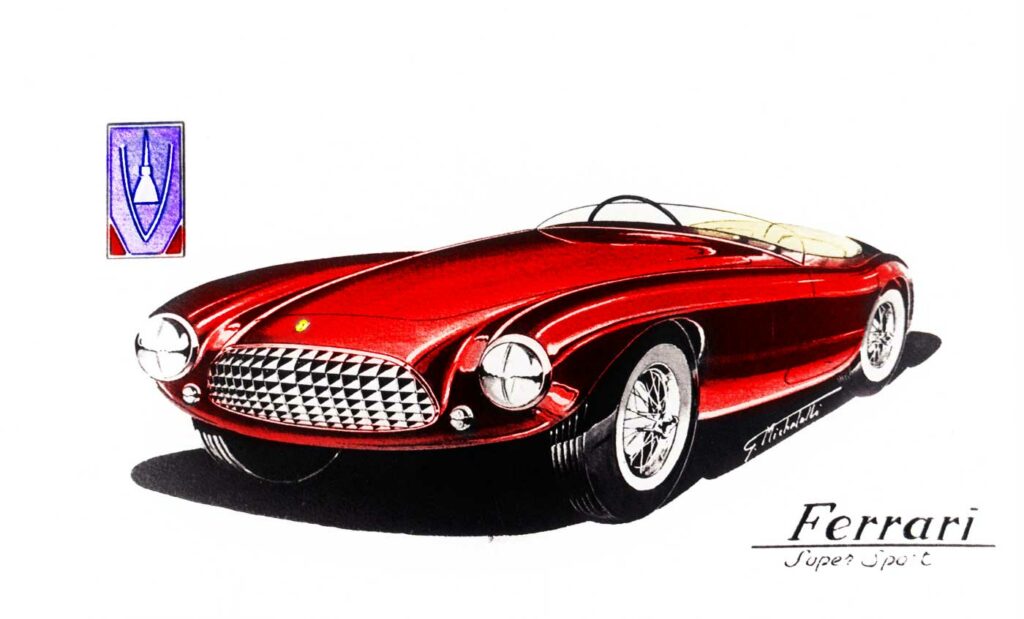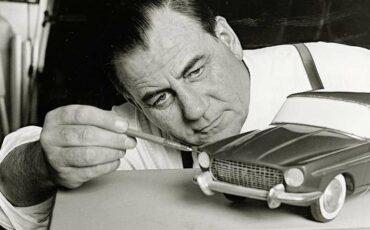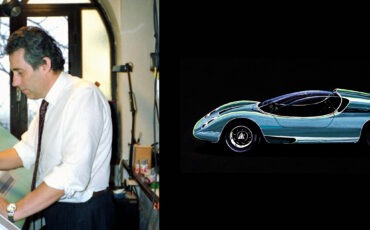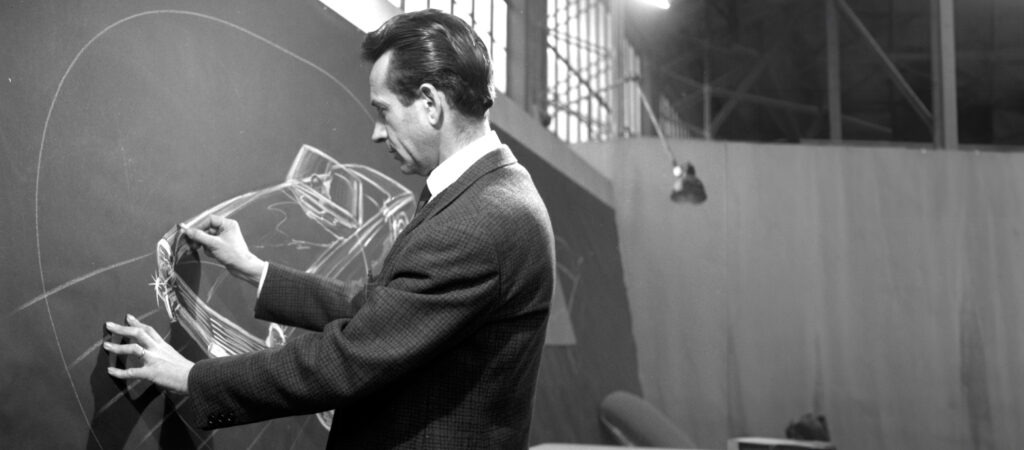
Introduction
In the intricate tapestry of automotive design, few names resonate as harmoniously as Giovanni Michelotti. His journey from a young apprentice at Stabilimenti Farina to the zenith of automotive design is a testament to creativity, innovation, and the pursuit of artistic autonomy. Michelotti’s legacy, spanning over 1,200 cars, remains an enduring symphony of lines and curves that have shaped the automotive landscape.
Apprenticeship at Stabilimenti Farina
At the tender age of 16, Michelotti embarked on his design odyssey at Stabilimenti Farina. Assigned to seemingly mundane tasks like laying out sheets and sharpening pencils, he used every spare moment to observe the work of seasoned designers. As fate would have it, when Pietro Frua, the draughtsman he served as an apprentice, was dismissed, Michelotti was thrust into the limelight.
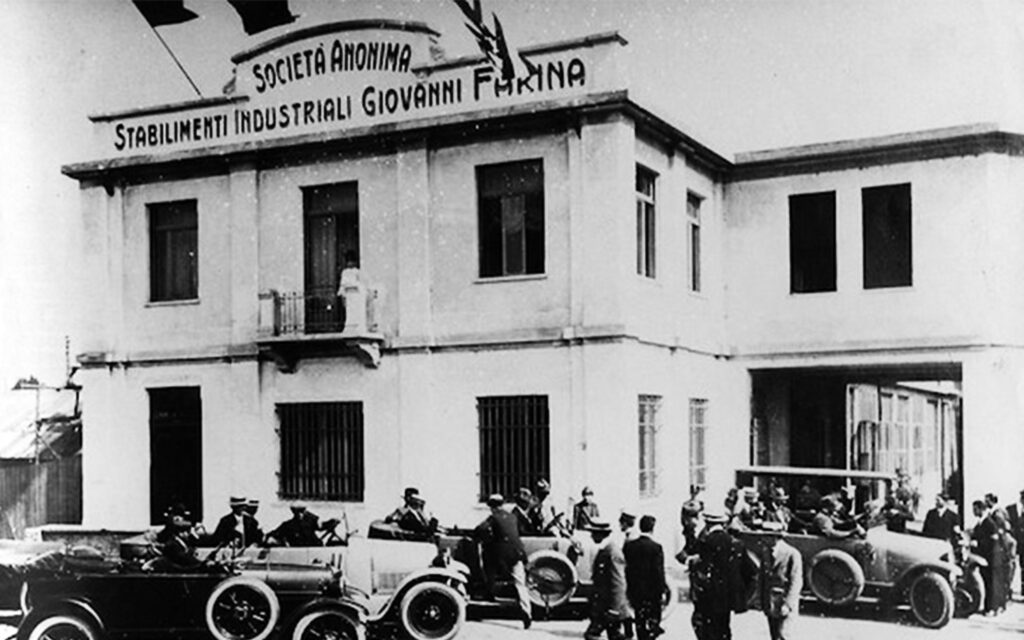
In a moment of desperation, Attilio Farina, the owner’s son, turned to the young apprentice to fill the void left by Frua. This gamble would prove to be a stroke of genius. Shortly thereafter, Michelotti, still in short pants, astounded the automotive world by producing a 1:1 scale drawing for the chassis of an Alfa Romeo 6C 2500. The acclaim he received from luminaries like Mario Revelli of Beaumont marked the inception of a prodigious career.
Pioneering Autonomy: The Birth of Michelotti Studios and the Vignale partnership
Having sensed the evolving role of stylists in industrial production, particularly in the automotive realm, Michelotti took a bold step in 1949. He decided to “strike out on his own” and established the first professional studio dedicated exclusively to automotive body design in Italy. The studio, initially located at 150 Via Ormea in Turin, later expanded to Corso Duca degli Abruzzi and Corso Francia 35.
In the intricate world of automotive design, Giovanni Michelotti’s collaboration with various coachbuilders was extensive, but his early partnership with Alfredo Vignale held particular significance. This alliance traced its roots back to their shared time at Stabilimenti Farina.
Alfredo Vignale, the fifth of seven siblings, commenced his journey into the world of craftsmanship at the young age of 11. His apprenticeship at Officina Ferrero e Morandi, a Turin-based company specializing in carriage and automobile body manufacturing, laid the foundation for his future endeavors. By the age of seventeen in 1930, Vignale, already a skilled panel beater, joined the ranks of Pinin Farina, marking the beginning of a transformative phase in his career.
Vignale’s expertise flourished as he worked alongside Pinin, who had recently established his own company. His stint at Stabilimenti Farina post-military service in 1936 saw him rise to the role of head of the prototype department. Similar to Pinin’s role, Vignale was responsible for constructing one-offs and prototype cars, making corrections directly on the rough bodywork with chalk. It was during this time that he crossed paths with Giovanni Michelotti.
While Vignale garnered recognition and appreciation Stabilimenti Farina’s head of departments during his more than two decades of work, the uncertainties of the 1930s’ political situation and a lack of sufficient capital prevented him from establishing his own body shop. Despite facing uncertainties and lacking sufficient capital, Vignale’s ambition led him to establish Carrozzeria Vignale & C. in Turin in 1946. With the support of Piero Dusio and Angelo Balma, Vignale’s workshop became a thriving venture, contributing to the dynamic postwar reconstruction period.
United by an enduring friendship, it was only natural for Vignale to enlist Michelotti’s design prowess for its cars. The synergy between Vignale and Michelotti, notably showcased in the majority of early 1950s Ferraris, became a hallmark of automotive excellence. This dynamic duo, fusing the visionary brilliance of a designer with the exceptional skills of a panel beater, stood as an automotive dream team. Their collaboration not only defined an era but also left an indelible mark in the annals of automotive aesthetics, contributing to a legacy that continues to resonate with enthusiasts and connoisseurs alike.
Turin Motor Show Triumph: A Showcase of Innovation
In November 1954, Giovanni Michelotti’s remarkable design talent took the spotlight at the Turin Motor Show. A diverse array of over 30, possibly even 40, vehicles, exclusively shaped by his creativity, adorned the exhibition. Esteemed brands such as Ferrari, Maserati, Lancia, Alfa Romeo, and Fiat showcased automobiles with bodies meticulously crafted by revered coachbuilders including Vignale, Ghia, Bertone, Allemano, Balbo, Canta, and others, enchanting onlookers. The resounding success of this showcase validated Michelotti’s chosen path, propelling an influx of requests and compelling him to strategically expand his operations to meet the growing demand for his visionary automotive designs.
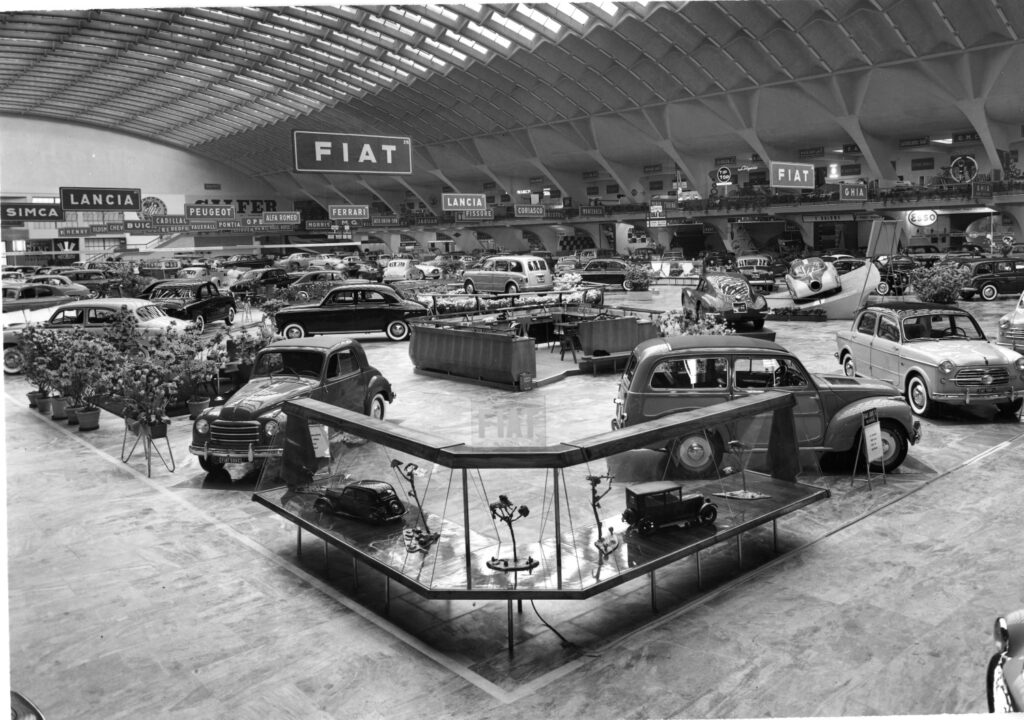
Michelotti's Workshop Revolution: From Sketches to Prototypes
In 1959, Michelotti took another leap, renting a workshop in Via Levanna, Turin. This move allowed him to create 1:1 scale bodies and maquettes, facilitating the transformation of conceptual sketches into tangible prototypes. Collaborations with leading coachbuilders in Turin, including Vignale, Bertone, Allemano, or Ghia, thrived. This innovative method garnered him appreciation from industry managers, opening doors to major collaborations with global automotive giants.
Mentoring Future Designers: Michelotti Studios' Legacy
Michelotti’s studio, a crucible of creativity, nurtured the talents of aspiring designers. Notable names like Paolo Martin, a future designer at Pininfarina, and Dany Brawand, who would become chief designer for Moretti, started their journey as apprentices at Michelotti Studios. The legacy of Michelotti’s mentorship extended beyond his designs, influencing the next generation of automotive designers.
Iconic Designs: A Glimpse into Michelotti's Portfolio
Michelotti’s portfolio boasts an array of iconic designs that have left an indelible mark on the automotive world. Notable among these are the Alpine A106, Fiat 8V Demon Rouge, Maserati 5000 GT Allemano, Lancia Aurelia Raggio Azzurro, and the Alfa Romeo Giulietta Sprint Veloce “Goccia.” Each design was a testament to Michelotti’s versatility and ability to adapt seamlessly to diverse design requirements.
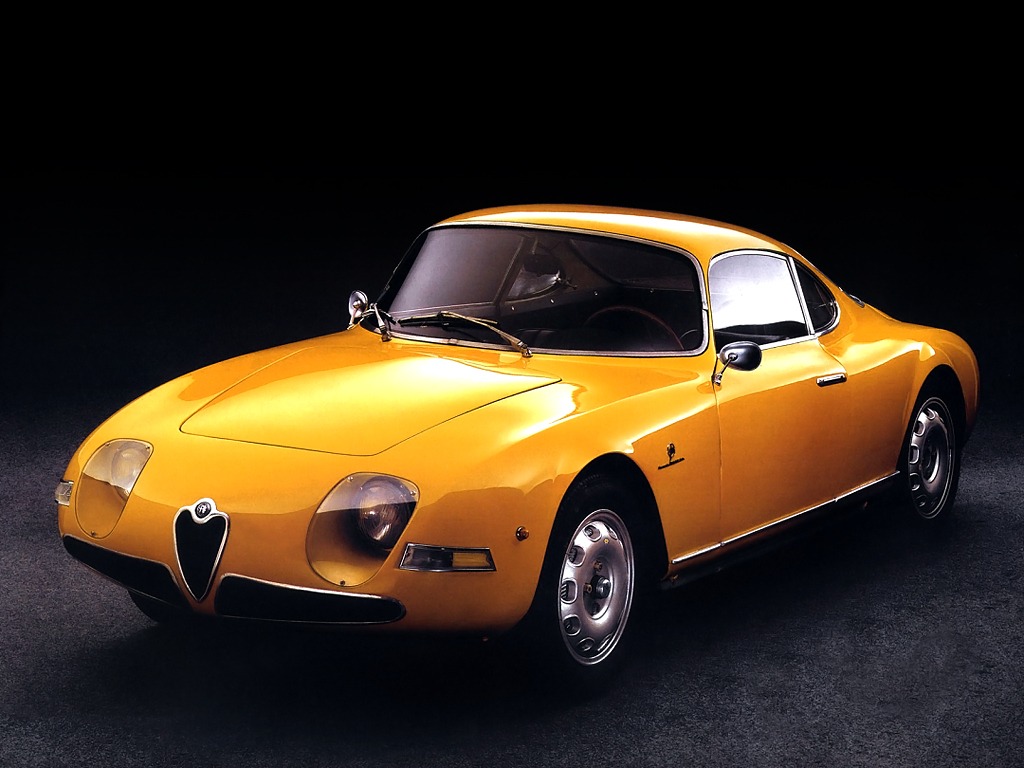
Major Industry Collaborations: A Maestro's Touch
Michelotti’s innovative design methodology caught the attention of major industries, leading to collaborations with BMW, Triumph, Hino Motors, and Prince Motor Company. For BMW, he crafted designs for a range of relaunch models, including the iconic Isetta, 700, 1500, 1602, and the 2500/2800 sedans. His collaborations with Triumph yielded a series of successful models, such as the Herald, TR4/TR5, Spitfire, 2000/2500, GT6, Stag, and midsize sedans of the 1960s and 1970s.
In 1967, facing increased workload, Michelotti moved the company’s headquarters to Orbassano, a move facilitated by a unique exchange involving a Fiat 850 Coupé one-off built by Michelotti.
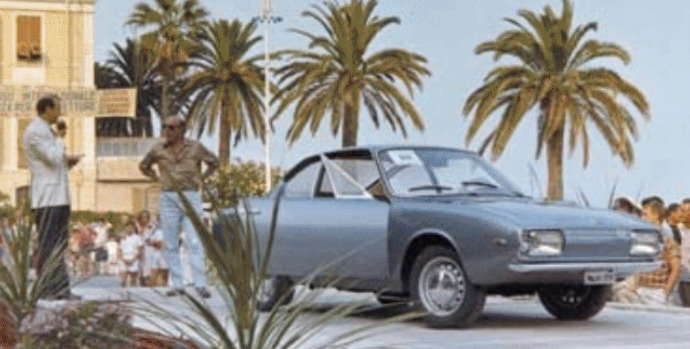
Michelotti’s creative genius transcended specific manufacturers, encompassing designs for Fiat, Daf, and Matra. His ability to adapt to the unique identities of each company while maintaining a cohesive design language underscored the breadth of his creative capacity.
Innovation and Experimentation: Every 4R and Reliant Scimitar SS1
In 1978, Michelotti embarked on a unique collaboration with Quattroruote magazine, resulting in the creation of the Every 4R based on the Fiat 127. This endeavor showcased his enduring passion for experimentation and innovation, as he continued to push the boundaries of automotive design.
Michelotti’s final work in 1979 was the layout of the Reliant Scimitar SS1. This last chapter of his design career encapsulated a legacy defined by groundbreaking designs, industry-defining collaborations, and an unwavering commitment to artistic expression.
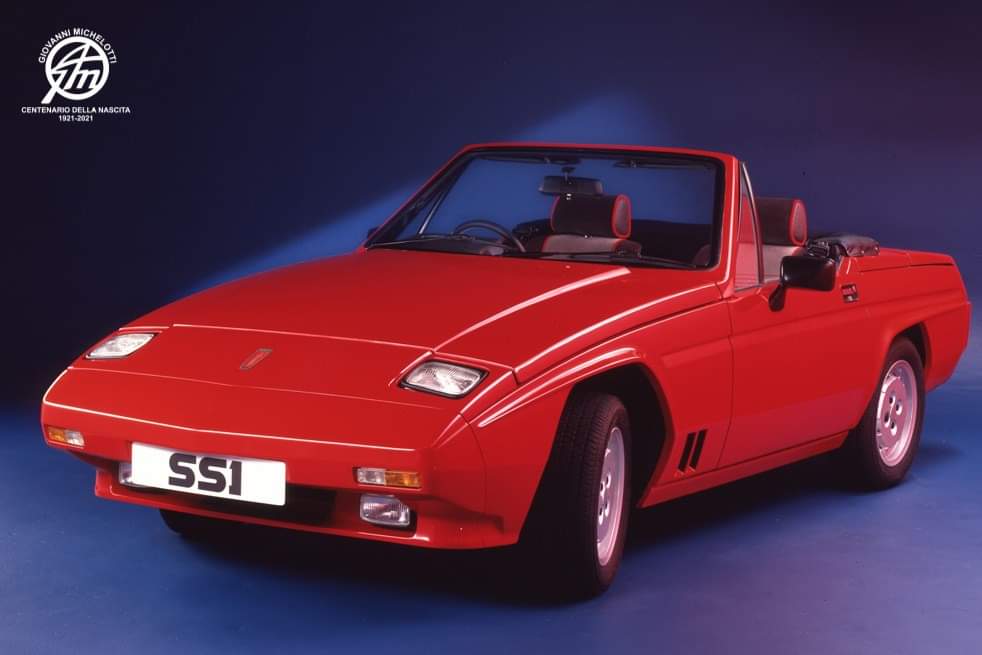
The Camel Metaphor: Autonomy Amidst Industrial Realities
Michelotti’s steadfast commitment to artistic autonomy within the industrial system was encapsulated in his famous “camel metaphor”: “The camel is a horse designed by the designer after a meeting of directors.” This metaphor served as a poignant reminder of the delicate balance between artistic vision and the practicalities of industrial decision-making.
The Prolific Legacy: 1,200 Cars and Beyond
Michelotti’s career is estimated to have produced around 1,200 car designs. However, the exact count remains elusive, reflecting his humble approach to design. Unlike many designers who sought personal recognition, Michelotti did not insist on having his name or marks on the bodies he designed, emphasizing the purity of design over personal acclaim.
A Maestro's Finale: Remembering Giovanni Michelotti
On January 23, 1980, Giovanni Michelotti bid farewell to the world, leaving behind a legacy that transcends the cars he designed. His final resting place in Turin’s Monumental Cemetery serves as a poignant reminder of the maestro’s indelible impact on the world of automotive design.
Michelotti’s enduring legacy is not merely a collection of cars but a testament to the power of design to shape perceptions, evoke emotions, and transcend the boundaries of time. As we reflect on his journey—from the apprentice’s drafting table to the helm of an industry-shaping studio—we celebrate the life and work of a true master, Giovanni Michelotti.

